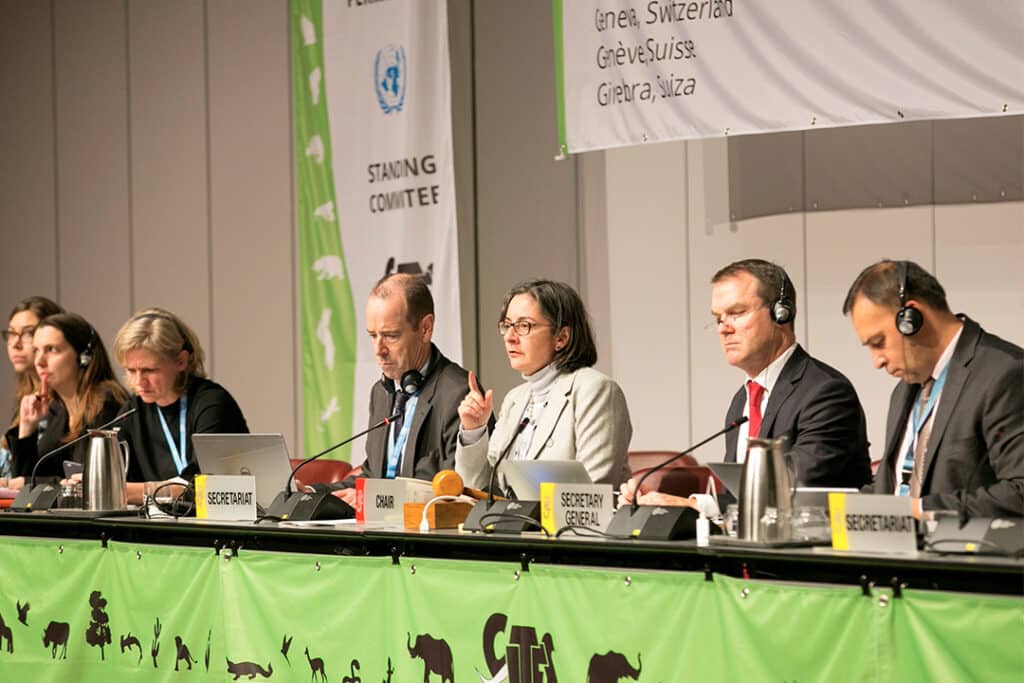
1. CITES Standing Committee Considers Interactions With High Seas Treaty
The Standing Committee (SC) of the Convention on International Trade in Endangered Species of Wild Fauna and Flora (CITES) adopted recommendations on consideration of possible future interaction between CITES and the new agreement on marine biodiversity in areas beyond national jurisdiction (BBNJ) under the UN Convention on the Law of the Sea (UNCLOS).
It also illustrated the importance of collaboration with other Multilateral Environmental Agreements (MEAs), including the Convention on Migratory Species (CMS) and the World Organization on Animal Health (WOAH). This year, the Earth Negotiations Bulletin (ENB) summary report of the meeting notes, CITES is celebrating the 50th anniversary of its signing in 1973. Having grown to 184 parties in the past five decades, the Convention regulates international trade in more than 40,900 species of plants and animals, including their products and derivatives.
Click on the link for the rest of the story!
Thank you for your generous gift that will help us continue the production of this weekly, free publication
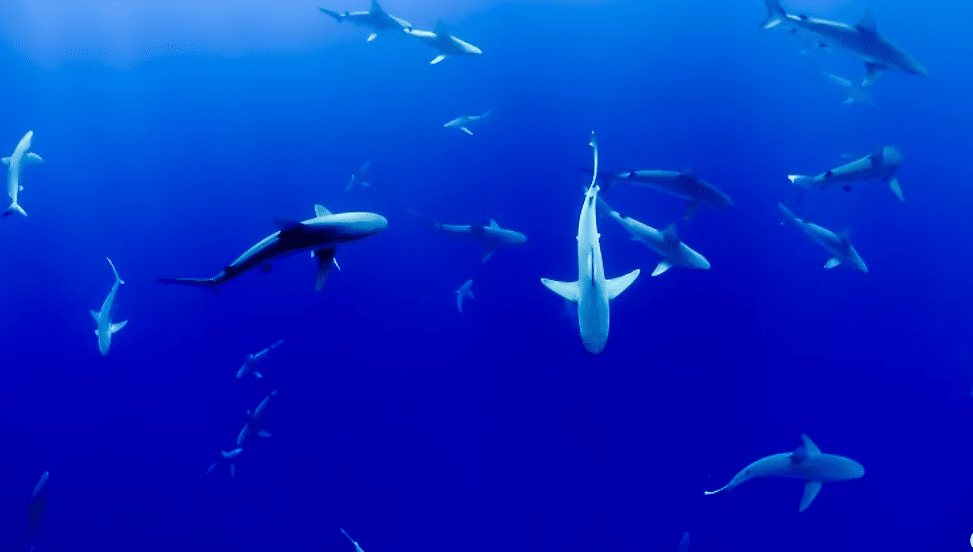
2. Shark Meat and the EU
Now, in 2023, over 50 countries have banned shark finning – the act of removing shark fins while the shark is alive and throwing them back in the water. The practice has been especially criticized by the US and EU. And yet – the EU represented 45% of shark-fin product exports in 2020. The US is not innocent, either. It ranks 4th in terms of shark meat exported both by value and weight.
Likewise, the illegal trade of shark fins is very much alive and well. Earlier this year in Miami, Florida a federal court sentenced Elite Sky International, Inc. to a fine of a quarter of a million dollars and five years probation for falsely labeling over 5.6k pounds of shark fins as live lobsters. This editorial points out that policymakers cannot simply blame other countries for not enforcing regulations to protect sharks.
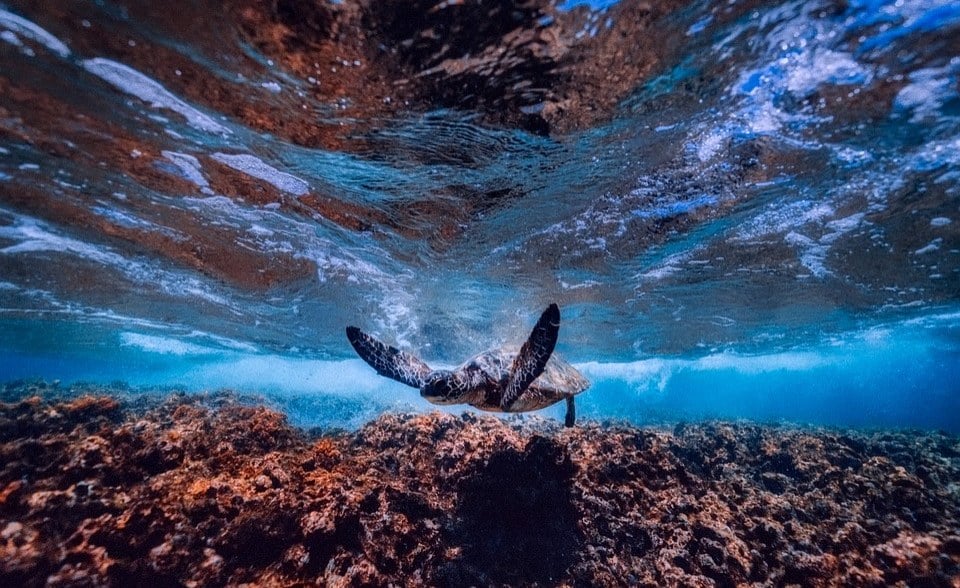
3. Lack of Funding Could Sink Africa’s Ocean Protection Efforts
Over 11 million tonnes of plastic are dumped into the world’s oceans annually, and 90% of its fish population has been fully exploited or overfished. As the planet’s ‘blue lungs’, the oceans are in dire straits and face irreversible damage. Despite the urgency of the situation, the United Nations Sustainable Development Goal (SDG) 14, which calls for the sustainable management and utilisation of marine resources, remains the least-funded of all SDGs.
At the halfway mark for achieving these goals, a mere 3.5% of total SDG financing is allocated to “life below water.” African nations, with their vast coastlines and rich marine resources, can play a leading role in bridging this funding gap. By investing greater resources in meeting SDG 14 targets, African countries can not only safeguard their marine ecosystems but also unlock the immense potential of the blue economy.

4. Bezos Earth Fund Pledges $100 Million to Support Pacific Islands’ Initiative to Create the Largest Conservation Effort Ever
At COP28, Pacific Islands State Leaders launched a bold new Unlocking Blue Pacific Prosperity initiative to safeguard and revitalize the Blue Pacific Continent. This groundbreaking initiative will establish sustainable management across 100 percent of the Blue Pacific Continent, nearly 50 percent larger than all of Africa and five times the size of the United States. It will protect 30 percent of the continent, more than 1 billion hectares, to strengthen the ocean’s resilience to climate impacts.
The Pacific Islands leaders’ strategy also aims to establish sustainable coastal food systems and restore and rejuvenate the coral reefs, mangroves, and other coastal ecosystems that are the foundation for food security, livelihoods, and culture in the Pacific Islands. In support of this initiative, the Bezos Earth Fund’s commitment will enable efforts to restore and protect these coastal ecosystems and strengthen community-based fisheries management and conservation.
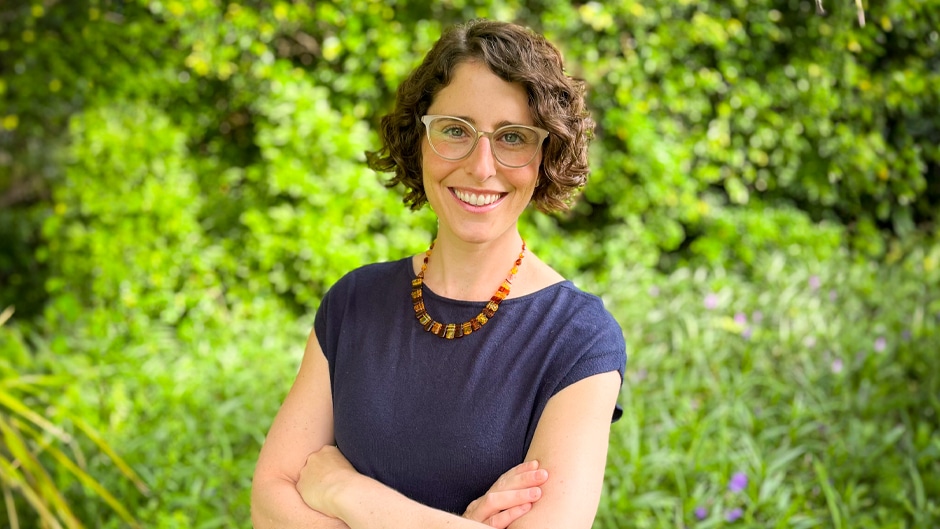
5. Scientist Forges a New Path in Marine Conservation
While oceans cover more than 70 percent of the Earth, just 8 percent are protected by marine sanctuaries. Seen as one of the most effective ways to preserve marine life, the strategy of creating marine protected areas (MPAs), has spread dramatically in the past two decades. Rebecca Gruby, a professor of environmental science and policy at the Rosenstiel School of Marine, Atmospheric and Earth Science, has had a front-row seat to the evolution of these ocean havens.
As global conservation targets have increased, so have the size of MPAs. In 2014, Gruby and colleagues launched the Human Dimensions of Large Marine Protected Areas project to better understand the social, political, and governance aspects of extremely large—and often remote—MPAs. They are currently leading the first global study to evaluate the management of these massive ocean sanctuaries with Big Ocean, a network of MPA managers.
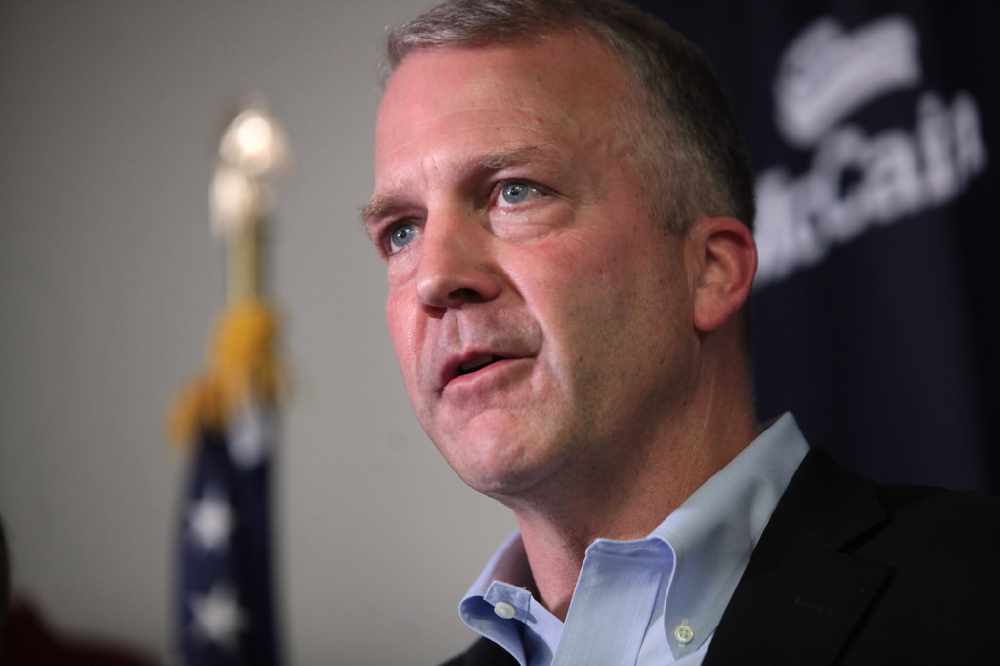
6. Senators Sullivan and Markey Introduce Bipartisan Legislation to Protect Physical and Behavioral Health in the Commercial Fishing Industry
U.S. Senators Dan Sullivan (R-Alaska) and Edward J. Markey (D-Mass.) introduced the Fishing Industry Safety, Health, and Wellness Improvement (FISH Wellness) Act, bipartisan legislation that would build upon the success of the Commercial Fishing Occupational Safety Research & Training Program to better address the range of occupational safety and health risks facing fishermen in this highly strenuous and dangerous industry, including worker fatigue and substance use disorder.
This legislation would also increase the authorized funding for the program and make these research and training grants more accessible on every coast by eliminating the match requirement. Sen Sullivan said, “I’m glad to introduce the FISH Wellness Act with Senator Markey, which would expand job safety training opportunities to support our fishermen as they sustainably harvest a world-class renewable resource and strengthen our coastal economies.”
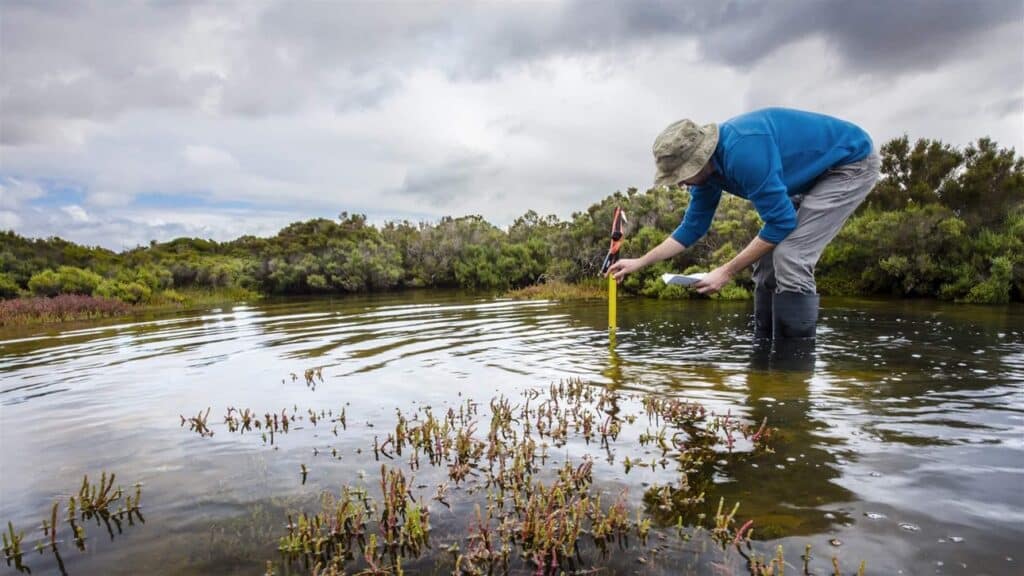
7. How States Can Develop Blue Carbon Programs
As climate change poses more and greater risks, states are turning to “natural climate solutions” that harness the ability of ecosystems to capture and store the greenhouse gases (GHGs), such as carbon dioxide and methane, that fuel sea-level rise, coastal flooding, and other effects. Coastal habitats are incredibly efficient at sequestering carbon. These carbon stores, known as “blue carbon” because they are located in places where the land meets the sea, can remain locked in undisturbed soils for hundreds of years.
When coastal habitats are destroyed, however, their carbon stores are released back into the atmosphere. Experts suggest that using blue carbon to help meet climate goals should first protect, then manage, and finally restore coastal habitats. This article provides a framework—organized around these three steps with examples and related policy mechanisms—to help policymakers develop approaches to conserving and expanding blue carbon habitats.

8. EU Gifts $7 Million for Fisheries Reforms
To aid in the reform of Cambodia’s fisheries sector, approximately $7 million in funding has been allocated by the EU for the effort. The announcement was made during a meeting between EU ambassador Igor Driesmans and Minister of Agriculture, Forestry and Fisheries Dith Tina, held at the ministry’s headquarters in Phnom Penh on December 4. During the meeting, Driesmans expressed the EU’s commitment to supporting progress in agri-food safety, aiming to enhance the quality of products produced within Cambodia and to meet regional and international market demands.
The CAPFISH-Capture programme, launched in 2019 with an investment of €112 million ($121 million), was highlighted as the most significant initiative by the EU to support the fisheries sector in a partner country, including Cambodia. Managed by the ministry’s Fisheries Administration (FiA), the effort supports all aspects of the national fisheries strategy until 2025.
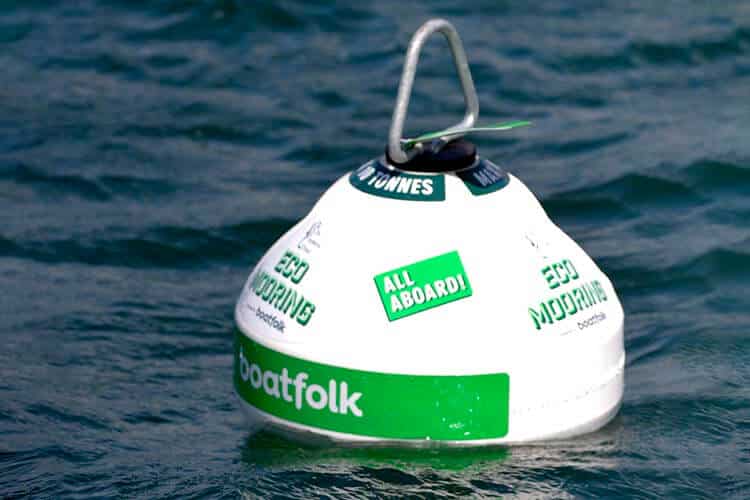
9. Studland Bay Awarded £186,000 for New Eco-Moorings
England – The Studland Bay Marine Partnership was awarded £186,000 to help conserve its marine ecosystem. Located on the south coast of England, Studland Bay is home to the region’s most extensive seagrass meadow, which provides a unique habitat for a number of important species, such as the spiny seahorse and the endangered undulate ray. The new funding contributes to a larger conservation project that has already seen 31 eco-moorings installed.
The new moorings use a helical screw anchor permanently installed into the sea bed, which is connected to a mooring buoy using an elastic rode. The advanced mooring design eliminates the need for large mooring chains and anchors, which can cause serious damage to seagrass and other marine habitats as they drag along the ocean floor. A similar project in Plymouth Sound, Cornwall, showed seagrass meadows were ‘blooming’ as a result of the reduction in damaging chains.
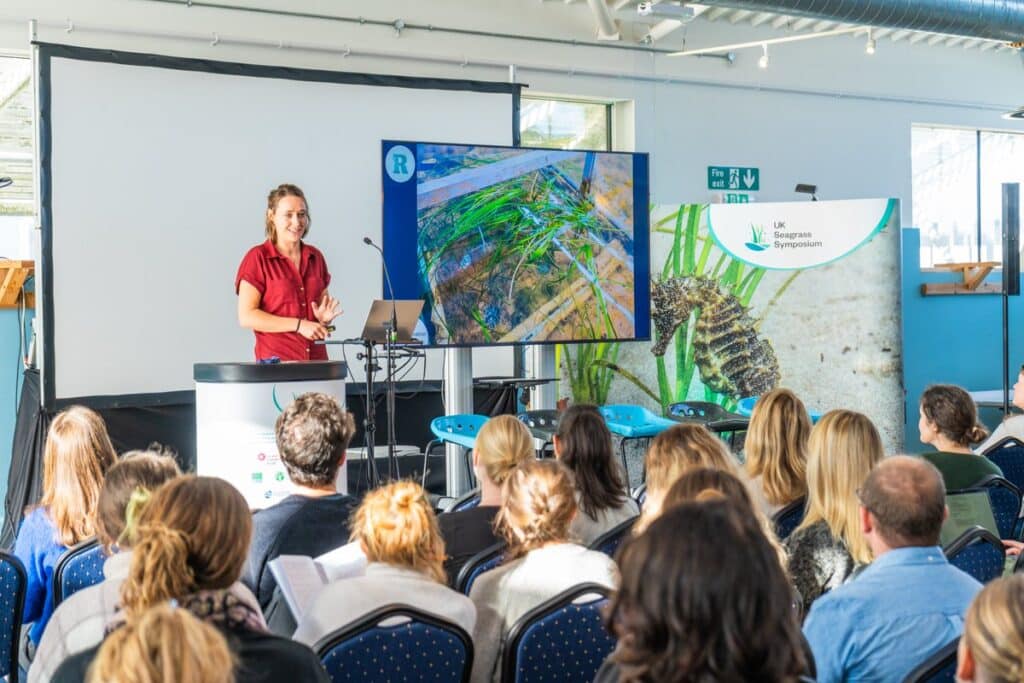
10. UK’ First-Ever Seagrass Symposium ‘Resounding Success’
The inaugural UK Seagrass Symposium took place in November, which brought together leading experts in seagrass conservation from across the UK. The Ocean Conservation Trust (OCT) and Cornwall Wildlife Trust hosted a two-day Seagrass Symposium, bringing together practitioners, scientists, managers, and communities from across the country for a very special two days. For the first time, hundreds of people gathered to highlight the seagrass conservation successes happening across the UK, but also to discuss the challenges of conserving this important habitat.
Through a series of inspiring talks and engaging workshops, knowledge, and experiences were shared on UK seagrass science, policy, and management. Topics covered seagrass ecology/biology, threats, protection and management, restoration, ecosystem services, financing, and scaling up. In an exciting closing session of the Symposium, it was announced that this event will continue bi-annually, with Project Seagrass being the next host in 2025.

11. Summertide to Premiere in January
Multigenerational local family drama, ‘Summertide’, is set to air on 28 January 2024 as a 52-week series. It is described as a drama made for all ages and intended for the whole family to watch. Faithful to its name, the ocean will play a central theme in the series, which is set in South Africa’s False Bay area. ‘Summertide’ tells the story of marine biologist and father of two children, Martin Field, who moves to the False Bay area to get away from a big secret, the death of his wife.
There, he starts a marine conservation trust for False Bay, but life is not as simple as it seems. The series explores the lives of the Field family and the interesting characters who cross their paths, each one with their secrets and desires.
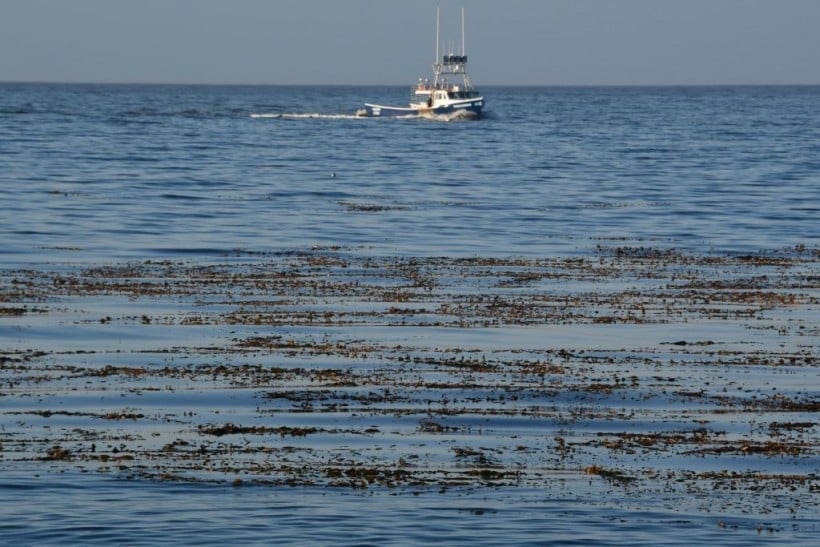
12. 50% of Marine Snails Vulnerable to Ocean Warming in Strait of Georgia, Report Warns
Canada: The latest research raised concerns over the vulnerability of marine snails to rising temperatures and ocean warming in the Strait of Georgia. Researchers from the University of British Columbia observed the snails or Nucella lamellosa adaptability to rising temperatures near Canada and British Columbia. Drs. Fiona Beaty and Chris Harley, zoology researchers from UBC, monitored the marine snails.
They discovered that 50% of the marine snails became more vulnerable to ocean warming because they can’t move very far. Northern anchovies and oysters can likely survive the rising temperatures. The N. lamellosa on the coasts showed lower growth rates due to the warming event in the region.
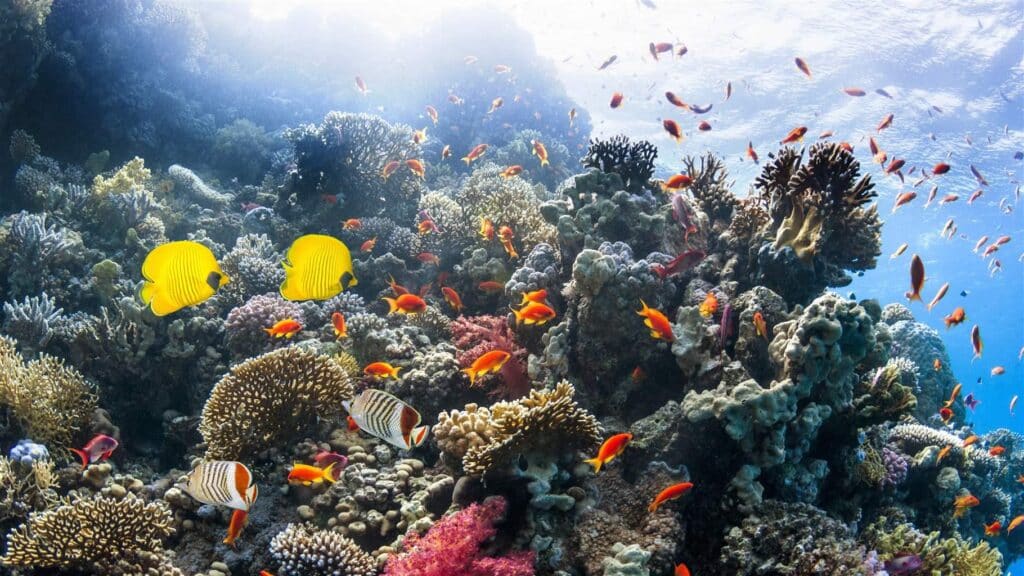
13. Trat’s (Thailand) Coral Reefs and Marine Life in Good Health
The Thai Maritime Enforcement Command Center in Trat Province organized a marine exploration and conservation activity on December 3, focusing on surveying underwater ecosystems and addressing environmental concerns, including marine debris collection. Military personnel actively participated in deploying vessels for exploration, with a special emphasis on coral reefs in popular tourist destinations, Koh Mak and Koh Kood.
Survey results revealed a positive state of the coral reefs and underwater ecosystems, with minimal marine debris found. This outcome not only supports sustainable marine resource management but also bodes well for the local tourism industry.
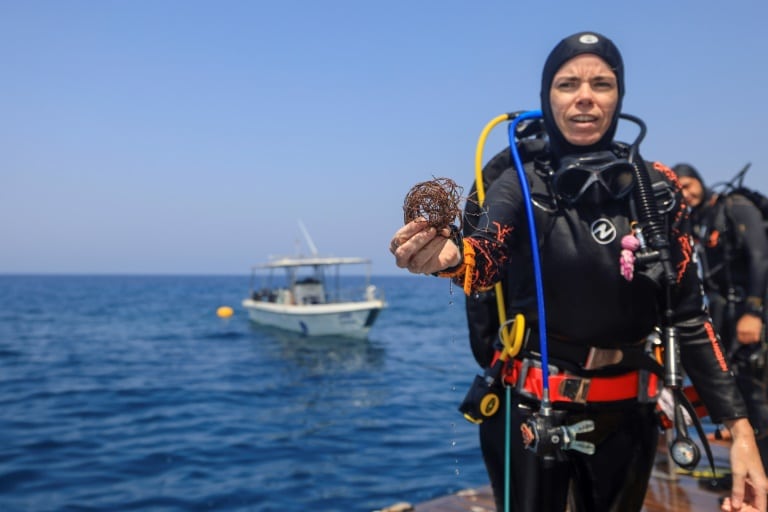
14. Volunteer Divers Guard Oman’s ‘Unique’ Coral Reefs
On a sailing boat anchored off Oman’s pristine Daymaniyat Islands, volunteer divers pull on wetsuits, check their scuba tanks, and then take turns plunging into the clear turquoise water. They are diving for a reason: to remove the massive fishing nets damaging an unusually resilient coral reef system that is seen as more likely than most to survive rising sea temperatures.
The clean-up is one example of how divers and Omani authorities are joining forces to protect the reefs — which are critical for marine wildlife — from man-made damage. “Coral reefs are a refuge for marine habitat and wildlife,” said Hammoud al-Nayri of Oman’s environmental authority, as he watched the divers. “To protect marine ecosystems, we must first preserve coral reefs,” said the 45-year-old who oversees the Daymaniyat Islands, Oman’s only marine reserve.
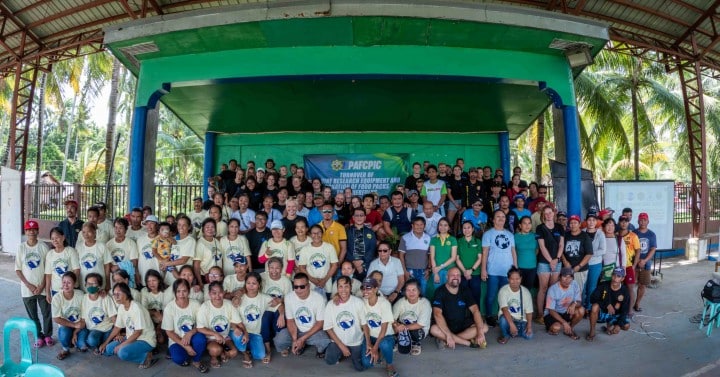
15. Donated Equipment to Boost Marine Research, Food Security in Negros
Negros, Philippines: The PHP2-million donation of the Philippine Army Finance Center Producers Integrated Cooperative will bolster the scientific research on the health of coral reefs in the southern towns of the province, the Marine Conservation Philippines (MCP) organization noted. Sóren Lund Knudsen, MCP program manager, said the donation including scuba diving gear and computers, will boost their efforts to get close to real-time data as they endeavor to slow down the decline of coral reefs and help boost food security.
“Our organization is doing a lot of work for the Department of Environment and Natural Resources and local government in southern Negros Oriental and requires intensive scuba diving with about 22,000 to 24,000 dives done each year,” Knudsen said. “The whole point of our organization, the big why is food security. We know that by 2050, most coral reefs in the Philippines will be decimated,”
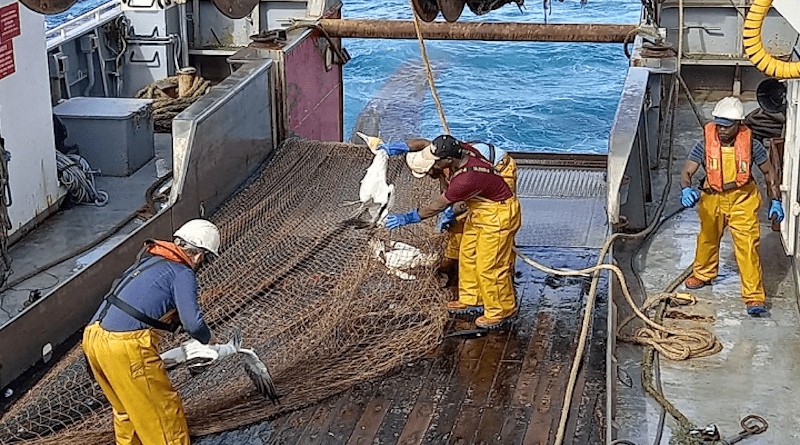
16. University of Barcelona Leads Horizon Europe Project to Reduce Marine Megafauna Bycatch
Spain: Every year, around 70,000 turtles and 200,000 seabirds die due to fisheries bycatch by the EU fishing fleets. These examples, which could be extended to other marine species, reveal the real dimension of the environmental impact generated by the bycatch problem, derived from the interactions between the fishing fleet and the marine megafauna. The bycatch of threatened species also represents a problem for the fishing industry with severe economic and legal consequences.
REDUCE (Reducing bycatch of threatened megafauna in the East Central Atlantic), is a new project with a budget of almost 9 million euros, carried out from January 2024 to December 2027. Its aim is to promote sustainable fisheries management and reduce the bycatch of some of the most threatened marine wildlife. Its consortium is made up of thirteen partners from five different countries: Spain, Portugal, France, Senegal, and the United Kingdom.
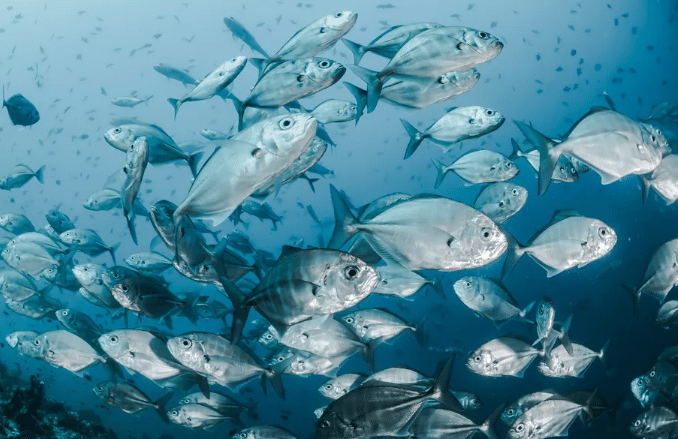
17. The Unsung Heroes Fighting Against Climate Change? Fish in the ‘Twilight Zone’
Heads of state from around the world are at an international summit in Dubai this month trying to figure out solutions to the climate crisis. But it turns out fish have been combating climate change all along – specifically, fish from the so-called twilight zone of the ocean, the layer of the ocean that’s between 200 and 1,000 meters deep.
Scientists estimate their movements capture billions of tons of carbon every year and stash them in the ocean depths so they don’t heat our atmosphere any more than we are already doing. Ken Buesseler has been studying this process as a senior scientist at the Woods Hole Oceanographic Institution in Massachusetts.
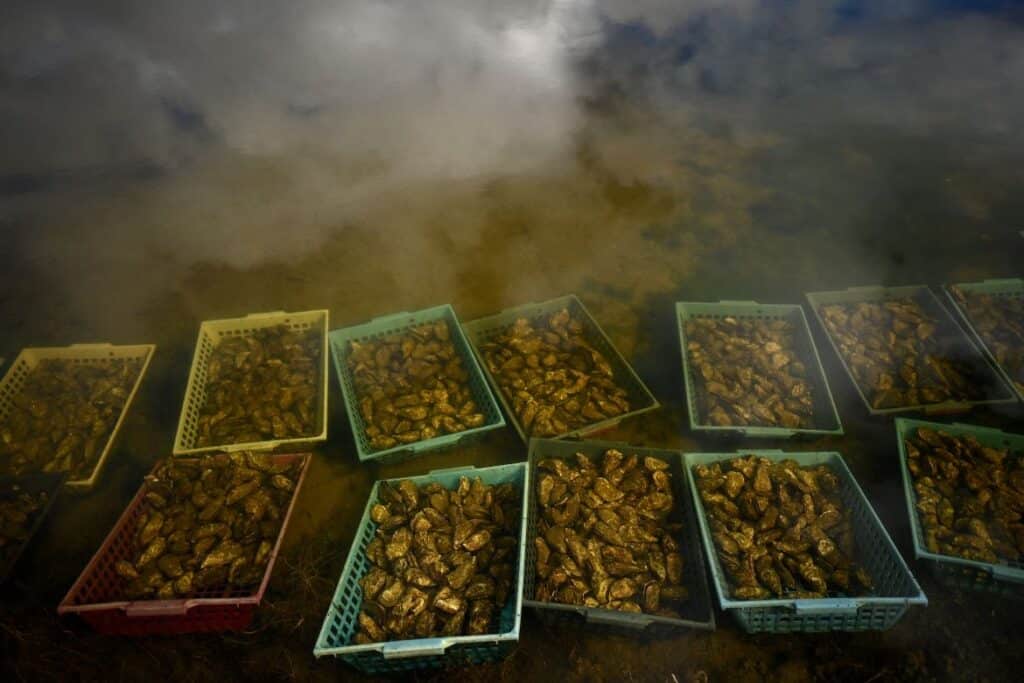
18. Climate Change Gets in the Way of French Oyster Culture
Rising sea temperatures are forcing oyster farmers in France’s southwest to take a break from summer maturation, traditionally a key step in the production of the tasty molluscs. Next year, producers in Marennes Oleron, France’s biggest oyster bay, will no longer be able to steep oysters in shallow clay beds in salt marshes, known as “claires”, during summer months. Oyster farmers traditionally keep the molluscs in the oyster beds for the final weeks before sale.
The treatment gives them a less salty and iodic taste than if they come straight from the sea, and earns them the “fine” label, recognised by the EU’s protected geographical indication (PGI) category. But climate change is negating the effects of the oyster beds. Scientists found that because of fast-evaporating water, the salt concentration became too high between early June and late August, leading to the ban during those months.
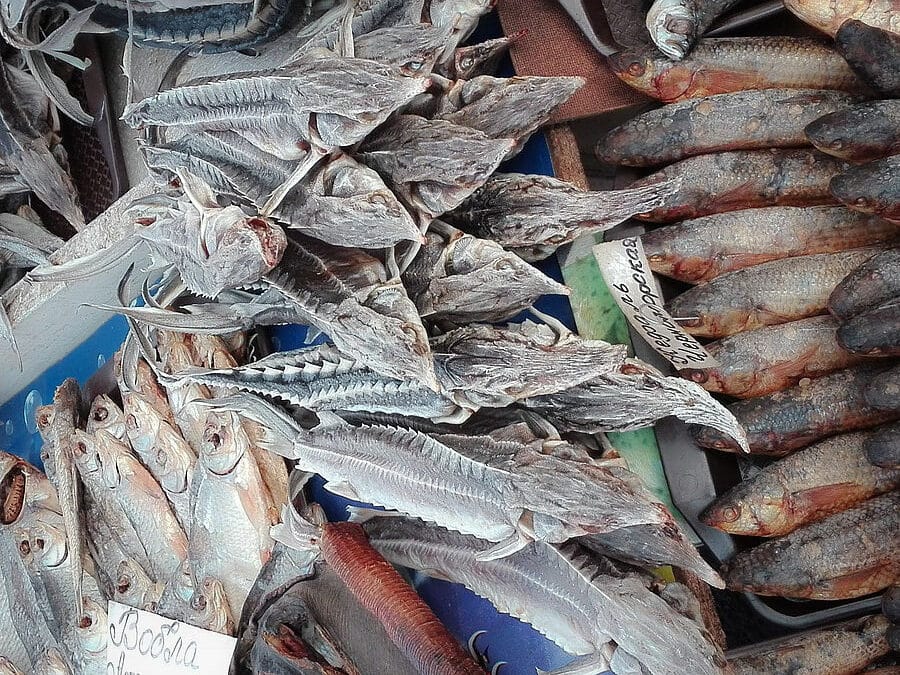
19. 50% of European Caviar Products Illegal, Lacking Sturgeon
Wild caviar, a pricey delicacy made from sturgeon eggs, has been illegal for decades since poaching brought the fish to the brink of extinction. Today, legal, internationally tradeable caviar can only come from farmed sturgeon, and there are strict regulations in place to help protect the species.
However, by conducting genetic and isotope analyses on caviar samples from Bulgaria, Romania, Serbia, and Ukraine-nations bordering the remaining wild sturgeon populations team of sturgeon experts found evidence that these regulations are actively being broken. Their results, published today in the journal “Current Biology”, show that half of the commercial caviar products they sampled are illegal, and some don’t even contain any trace of sturgeon.




